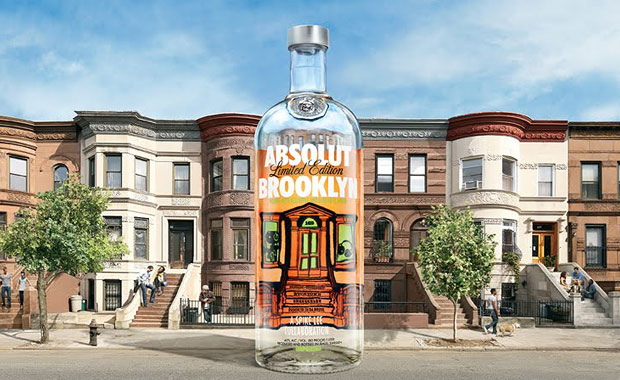This week we are transitioning to the contemporary resurgence of American cities. After a period of deep decline brought on by issues we have discussed such as white-flight and economic transition, we will look at how cities have turned to the market in search of what Sharon Zukin calls the three T’s of Talent, Trade and Tourism. To this end, we will look at how and why cities like Brooklyn (see Brooklyn Brand Goes Global) have been branded much like commodities in search of this type of market led growth. We will discuss how this has encouraged the ‘back to the city movement‘ and its underlying political, economic and cultural implications. Later, we will discuss the subsequent effect of gentrification on many long term residents in places like Brooklyn and beyond.
———-
As supplemental to the readings, listen to NPR’s podcast series “There Goes the Neighborhood”
We will watch Kelly Anderson’s My Brooklyn in class as a way of situating this conversation (preview here):

New Urban Sociology (Group 2)
In “The City as a Special Place: Nightlife, Urban Culture, and Regeneration of Downtowns“, the overall theme of this piece is outlined in the title since they argue how “nightlife” can be beneficial. This theme leads to their thesis where they write “by examining the important role downtowns play in nighttime activities of a diverse group of people ranging from young adult bar hoppers, music and theater aficionados of all ages, and tourists looking for a “good time” (p.171). It is interesting how much the business side of this is affected. With nightlife, for example, beverage companies gain a lot of profit from young adults and tourists “looking for a good time” which then attracts bigger corporations to get involved (only for the money) and how, with corporations, who try to “regenerate” areas in order to make it more appealing to tourists and (again) gain more money.
In the article, Postcard Perfect, Sharon Zukin talks about the differences between cities. The major parts to branding a city consists of the three t’s, trade, talent, tourists. You want your city to have an image to associate with. I love New York slogan was made in 1970s to sell what’s in the city to grab people. That is what cities are after. “Clean, safe. and open for business” is a slogan created for the branding of businesses in New York. It was more big business orientated during this time. Cities desire to be extraordinary. In the 1970s, during the branding era it was a very boring time period. Renovating and restoring cities made branding to locals seem like gentrification. The benefits have been mixed with gentrifying cities. The process of globalization took place to cities and people . Modern day cities are doing this and New York is still the first to be gentrifying there old quarters
The essential condition for building a brand for example, is New York City making themselves and there slogans. Which cities all around the world were doing. Nobody actually knows where I love New York came from. The conditions to building a brand consist of a prepared industry, an unmistakable wake up call, credible research, adequate funding, and finally the right people who are in the right place at the right time. New York is explained and seen as parts are even now. There primary drawers being Broadway, shopping, dining, museums. And the other was the outdoor parts of New York and the greenery. It all really started from the I Love New York campaign.
Revitalizing and enhancing the image of downtown areas takes more than just the increase in jobs and the introduction of new businesses. In John Hannigan’s Cities are Fun: Entertainment Returns to the City, flagship projects are the key component in changing the perception of downtown from dereliction to quality.
Firstly, festival markets are a major step to rejuvenation; introducing the public-private partnerships which break down many societal and economical barriers. For example, James Rouse opened the first enclosed shopping mall, a major festival market, that changed the dynamic of malls. The festival market has an eclectic range, ringing in its desired audience: “affluent, educated young adults” (53).
Next, these markets need to be diversified by the addition of special activities. Two noted strategies are the establishment of cultural districts, such as art and entertainment and the introduction of mixed-use centers, which blend together cultural, residential and commercial. Hannigan points out key steps in this revitalization project, touching on the creation of network ties, affiliation with non-profit organizations, hiring an elite consolation team, and association with other rehabilitation projects.
Third, technology is used to develop the economy, creating “the new entertainment economy” (59). The quickening pace of daily life inspires technological advancements which allow downtown areas to become miniature vacation destinations. This populates the area while showing off its new and improved features. The newly flooding businesses to downtown areas can lead to consumer fatigue, but this is remedied by the incorporation of entertainment to the shopping experience and is coined as “shopertainment” (62).
These steps towards rejuvenation of downtown areas point to a significant increase in the foot-traffic and new projects in once decrepit areas and the numbers are predicted only to grow.